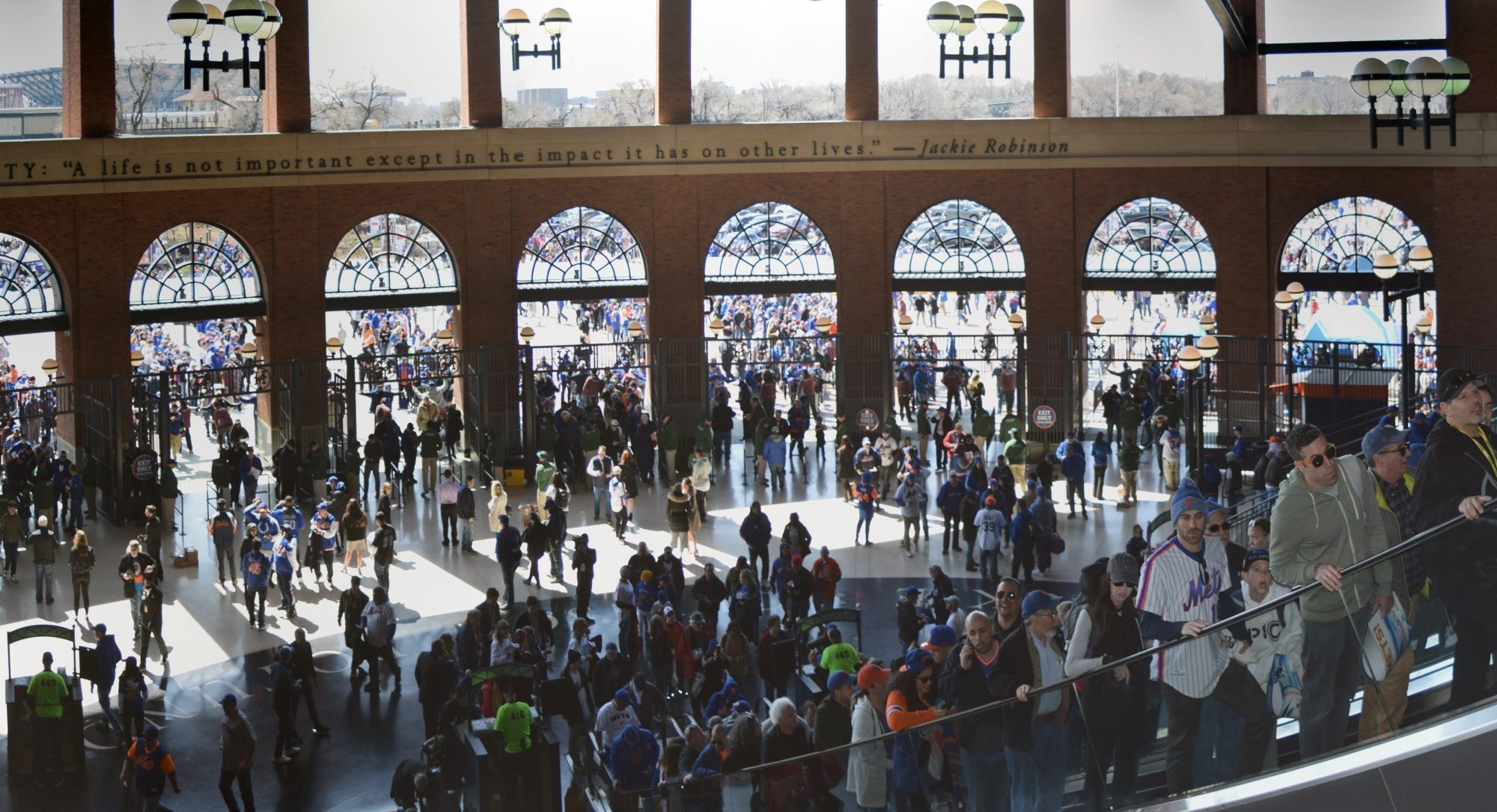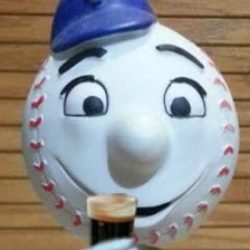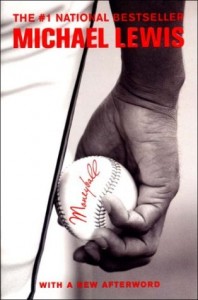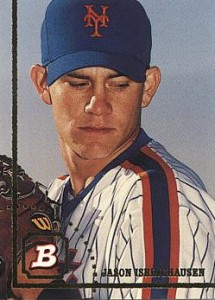I stumbled across this extremely negative post on the Mets through some Google alerts. At first I thought it would end up being a Philly blog, but nope. So here’s his five reasons why the Mets will suck post is way off the mark.
Spring training games began over the weekend, reminding us all how terrible the Mets will be this year. Fittingly, Luis Castillo booted a ball at second base yesterday. Way to set the tone for the new season, Luis.
Here are my top 5 reasons why the Mets will be terrible this year.
Yes, I’m sure Castillo booting a ball in practice just doomed the Mets all season. Real players never actually make mistakes in Spring Training. Nevermind that Scott Hairston hit two home runs. This is just an excuse to pick on Castillo, who might not even make the team.
5- Ownership: Between borrowing $25 million from Major League Baseball, looking for minority ownership, and facing a multi-million dollar law suit, it will be a distraction all season. If the Wilpons sell the team, maybe it will make them less terrible, but still not good.
I can’t tell you that the Madoff stuff is a positive in any way, but it’s hardly going to be a distraction that causes the Mets to fail. Wright’s not going to be worrying about the state of the lawsuit while he’s standing out at third base or at the plate. They won’t even have to talk about it with the press, they’ve all said what they can say and their business is not finance, it’s baseball. The state of the finances is not going to have much of an effect on the play on the field. The only real thing it might do is prevent Alderson from adding pieces around the trade deadline, but so far there is no word that it will.
4- Luis Castillo and Oliver Perez: It’s March 1, and for some reason they are still on the team. Perez got bombed in his first spring training game and Castillo is abysmal. Sadly he could actually win the starting second base position. It is unbelievable the Mets do not have anyone better than Castillo. Please cut your losses. I would rather have Ike Davis play first and second at the same time.
They’re on the team because they can’t lose the Mets games in March. Whether or not they make the team will solely be based on merit, and it’s not looking good for either of them. The players that help the Mets win will make the team, and therefore these two players will not be why they suck. Reyes and Davis do have pretty good range, but I don’t think it’s enough to cover second base too. Plus, the rules don’t allow for only eight players in the lineup.
3- Carlos Beltran playing right field: How long until he complains about it? I give it a month. Just imagine if he gets off to a bad start on offense. I know what the excuse will be.
#blamebeltran. This pretty much debunks the whole post right here doesn’t it? Never mind that he voluntarily moved there or that he’s not a complainer or an excuse maker. A more valid question is how much regular rest is he going to need, and how well do those knees hold up? Still, he’s been taking batting practice, and he should be ready to go as a hitter. This should help prevent a slow start offensively at least. Carlos Beltran continues to be underappreciated.
2- The NL East: The Phillies are probably the best team in baseball, which is not even fair, but the Braves and Marlins are better than last year too. The Mets are closer to the Nationals.
Just stating it doesn’t make it so. Probably? What if they’re not? What if someone gets hurt? Their offense no longer looks formidable, Utley hasn’t even played yet and it’s looking more and more likely that Wilson Valdez may be starting for them, and they don’t even know what scrub or under-prepared prospect they’re going to throw out there in right field. What if they don’t score runs when they pitch these great games, and what if age catches up with them? The Marlins are not very good. They’ve got some pitching, but it’s hardly amazing and they’re fielding a AAA offense outside of a couple of guys. The Mets are capable of being in the thick of things just with their offense and with Pelfrey, Dickey and Niese doing what they did last year.
1- The Pitching Staff: With Johan out until God knows when, Mike Pelfrey is the ace of the staff. Enough said. The Mets are depending on RA Dickey to repeat what he did last season, which is insane. I can’t even tell you who the 4th and 5th starters are: Chris Young?, Chris Capuano?, Dilon Gee? Oliver Perez??? Who the hell knows. As for the bullpen, talk about a disaster. Hopefully K-Rod won’t get arrested again or injure himself while beating up an old man. I honestly can’t even tell you who else is in the bullpen, so I have no further comments.
Enough said? Sure, I could agree with that. Mike Pelfrey was basically the best pitcher in baseball last April. He had a horrible July, and it’s important that he minimizes that this year, but to dismiss him as crap is silly. Why is it insane to expect Dickey to be as good as last year? Did you really watch him all last year, and listen to him talk about pitching, and deduce that it was a fluke? It wasn’t. He’s learned and adapted, and crafted his knuckleball to be a dangerous weapon. It’s certainly possible he’s not as good, but the dropoff won’t be that extreme. The ignorance in the rest of this ‘reason’ is too large to argue with, but I do have faith that some combination of Young and Capuano can give us some quality innings and keep the Mets in the game. Losing Santana is rough, but given how many of his great games they let turn into losses last year, I’m confident with a little hitting the Mets can win more games that a lesser pitcher starts than they did last year with Santana on the mound.
I do have something good for Mets fans to look forward to. On Tuesday night (After the Knicks game) MSG will have a 4 part series on the ’86 Mets. Bar fights, sex, drugs, alcohol and more sex, drugs and alcohol- the good old days. Should be interesting. I guarantee it will be better than anything the Mets do on the field.
I’ll grant a pass on this statement since it was written before hand, but most accounts I’ve seen of the show have been pretty negative. You can take your ‘guarantee’ and shove it, the Mets are going to be interesting this year. Optimism is not a sin.


 Moneyball was a good read, but it’s not quite the guide to the Mets new front office that many seem to think it is. Sandy Alderson has repeatedly stated that he wouldn’t have taken the job if he was forced to operate the way the Oakland A’s did in the book. Moneyball gets mixed up with Sabermetrics, but it’s only really one story about one team and not really about the statistics we associate with Sabermetrics these days.
Moneyball was a good read, but it’s not quite the guide to the Mets new front office that many seem to think it is. Sandy Alderson has repeatedly stated that he wouldn’t have taken the job if he was forced to operate the way the Oakland A’s did in the book. Moneyball gets mixed up with Sabermetrics, but it’s only really one story about one team and not really about the statistics we associate with Sabermetrics these days.

 Some sports writers and bloggers can’t help but recycle the same stories over and over again, merely inserting different information to reach the same conclusion. A free agent someone deems worthy is passed over, therefore the Mets will not spend money. Someone on the team tweaks a muscle, and the medical staff is inept. The players have a bad game and suddenly they’re unfocused and uncaring. So it should come as no surprise when someone out there twists the Jason Isringhausen signing to meet a common plot point: The Mets are desperate to cut payroll for 2012 and will do anything to get out of K-Rod’s contract. It’s possible that by the time I publish this it’ll already have been written. It’ll probably be something like this:
Some sports writers and bloggers can’t help but recycle the same stories over and over again, merely inserting different information to reach the same conclusion. A free agent someone deems worthy is passed over, therefore the Mets will not spend money. Someone on the team tweaks a muscle, and the medical staff is inept. The players have a bad game and suddenly they’re unfocused and uncaring. So it should come as no surprise when someone out there twists the Jason Isringhausen signing to meet a common plot point: The Mets are desperate to cut payroll for 2012 and will do anything to get out of K-Rod’s contract. It’s possible that by the time I publish this it’ll already have been written. It’ll probably be something like this:
 I know all these stories have been talked about and re-talked about since it’s the off-season and there is very little going on, but bare with me as I talk about this one some more.
I know all these stories have been talked about and re-talked about since it’s the off-season and there is very little going on, but bare with me as I talk about this one some more.